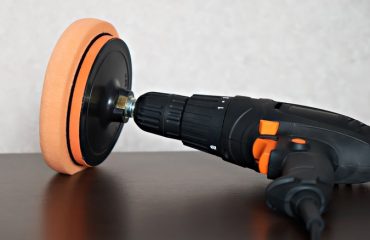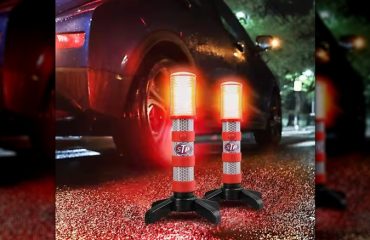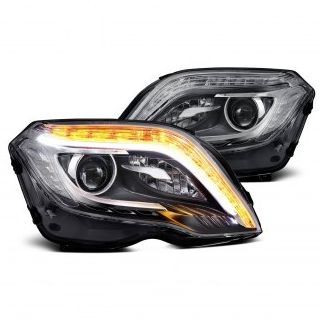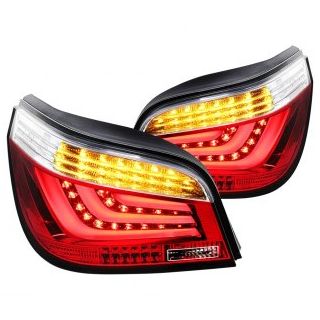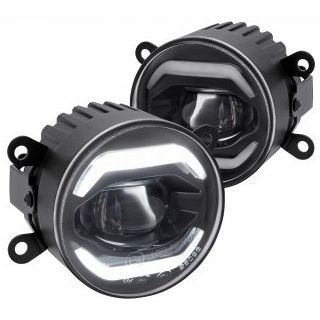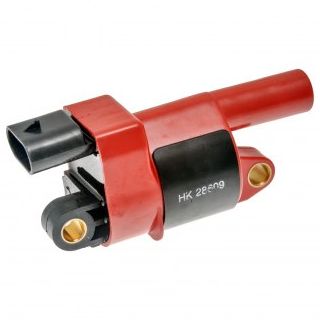
Truck bed toolboxes have been around for a long time, and with good reason — they’re handy accessories for anyone who uses a pickup truck. If you are new to truck bed toolboxes, they are exactly what it sounds like — special boxes that you can attach to your truck to keep tools and other items safe and organized. You see these a lot with builders, electricians, or plumbers so they can keep their expensive tools safe. But they are also great for things besides work, like camping or fishing, since they help keep your gear tidy and secure.
Finding a truck bed toolbox is easy. You can get them at car stores, Home Depot, Lowe’s, online (Amazon or Walmart), or just any shop that sells truck stuff. They’re available everywhere, so no matter what you do or what truck you have, you can find a toolbox. But to find the right toolbox, you need to consider more than a couple of things. The last thing you want to spend money on is something that doesn’t fit or is without the features you are looking for. We’ve got you covered — this article aims to be the definitive guide to buying the perfect truck bed toolbox for your needs.
What type of truck bed tool box do you need?
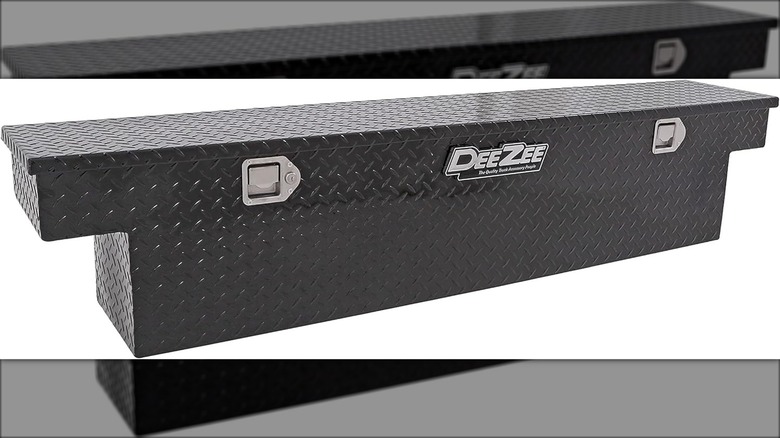
The first thing you need to consider before buying a truck bed toolbox is to figure out what kind of one to get. Sure, all truck bed toolboxes are generally good at keeping your tools safe and organized in your truck, but you need the right box for the job — and there are a few main types.
First up, there are crossover boxes. These are the ones that go right behind the truck cab. They’re easy to get into and can hold a lot of stuff. But they might make it hard to fit long items in your truck bed. You also have side-mount boxes which attach to the sides of your truck bed. They’re great because they don’t take up space in the bed. But they might be a bit less secure and harder to reach.
Utility chests are another type. You can move these around because they’re not bolted down, and they sit on the floor of your truck bed and can hold a lot. The downside? They take up space in your truck bed. You will also come across other types, like trailers, underbodies, and topsiders, but these are the most popular. As you can tell by now, each type has good and bad points. So, when picking a toolbox for your truck, remember that the best choice is one that fits your truck and your needs well.
Materials, durability, and weight
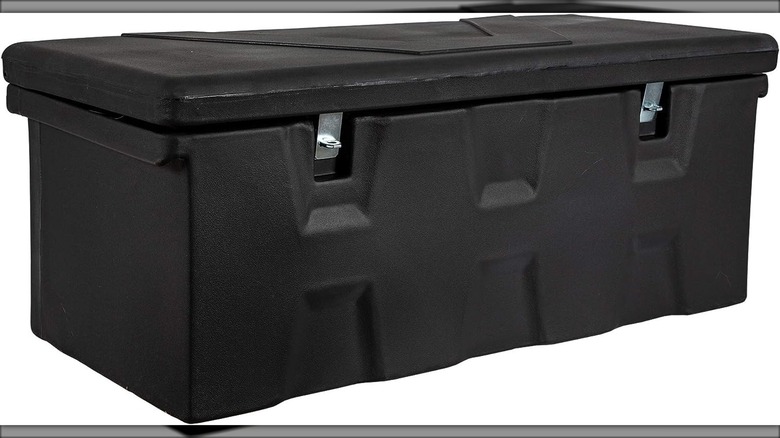
When buying a truck bed toolbox, the material it’s made from is an important factor, too. Why? You have to balance durability with weight and decide which to get based on what’s more important for you. You also don’t want to spend extra money on features you don’t need or value.
Aluminum is usually the go-to for many because these toolboxes are lightweight. However, don’t let the lighter weight fool you; aluminum boxes can still take a hit and protect your tools. They don’t rust, which is a big plus, and they’re pretty easy to hoist into place. Steel toolboxes are tough, so they’re great for keeping your tools secure. But remember, with great strength comes, well, great weight. They might require a bit more muscle to install and affect your mpg. Also, keep an eye out for rust, especially if you’re frequently braving wet or snowy conditions.
Polymer or plastic toolboxes are the new kids on the block. They’re light like aluminum and don’t rust at all. They handle bad weather really well. They might not be as strong as steel, but they’re good for everyday use.
Regardless of the material, you might also need to look into weather protection. Making sure it can handle rain and dust means looking for toolboxes with weather stripping and seals. These keep your tools dry and clean. If you go with a metal box, a powder coating is also a good idea to help stop rust and scratches.
Knowing the required size and storage capacity
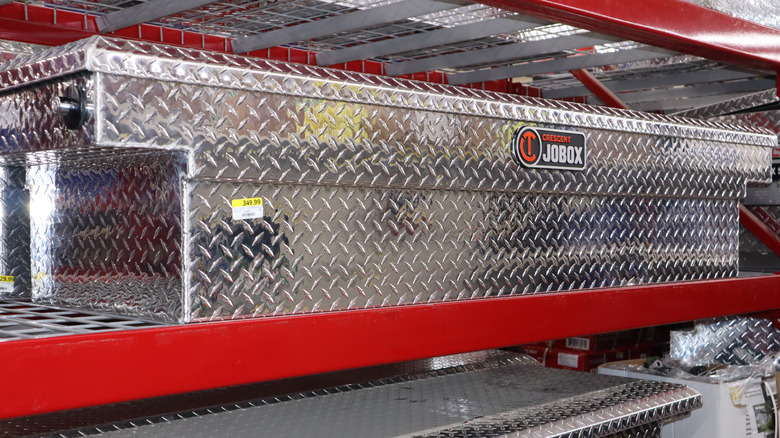
Picking the right toolbox for your truck isn’t just about buying any box that fits. You need to consider size, what you’ll store in it, and how it’ll change your truck’s space. You can start by measuring your truck bed. Grab a tape measure (or one of those measurement apps) and note down the length, width, and height. Remember, a toolbox that’s too small wastes potential storage space, while one that’s too large might not fit. Whip out that measuring tape and jot down the dimensions. It’s better to measure twice and buy once.
You will also want to consider what tools you plan to keep there. The types and sizes of tools you plan to carry will influence the size and design of the toolbox you need. For example, deep and wide toolboxes are great for larger equipment, while shallower ones might suffice for smaller tools. Storage space matters, too. Look for toolboxes with compartments or drawers that make organizing a breeze. This way, you can quickly grab what you need without rummaging around. Plus, it protects your tools from damage and extends their life.
Now, think about where the box will sit in your truck. Some boxes, like the crossovers, go behind the cab and can take up a bit of room. This is important if you carry long stuff like wood or pipes. Or, if flexibility is a priority, consider a toolbox that’s easy to remove.
Installation and easy access might be important
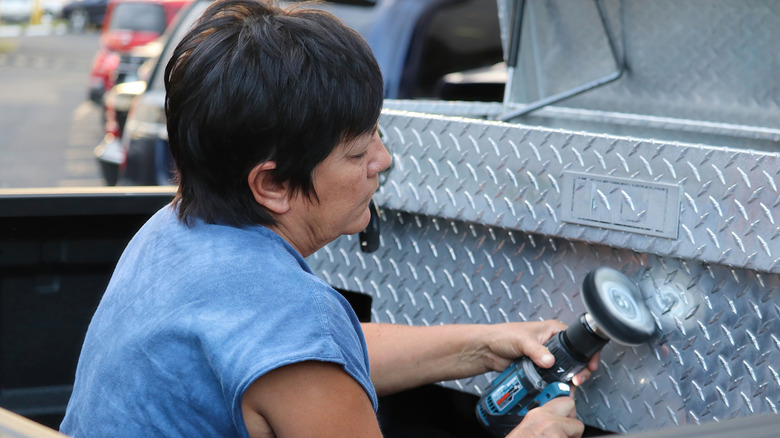
When you’re looking to buy a truck bed toolbox, two big things to think about are how you’ll put it on your truck and how easy it is to use. Installation can be different for each toolbox. Some need you to drill holes and fix them tightly to the truck. Others are easier — they clip onto your truck without needing any drilling. When you start browsing for a toolbox, you will also realize that some boxes are tailor-made for specific trucks, and you can benefit from that.
Easy access should also be part of the “before you buy” checklist — you want to be able to grab your tools quickly and without trouble, right? Look for boxes with features like drawers that slide out or lids that lift up easily. If you find yourself at a physical store, check if the box opens and closes smoothly. Easy-catch latches and ergonomic handles can save you a lot of hassle as well.
Know your add-ons and customizations
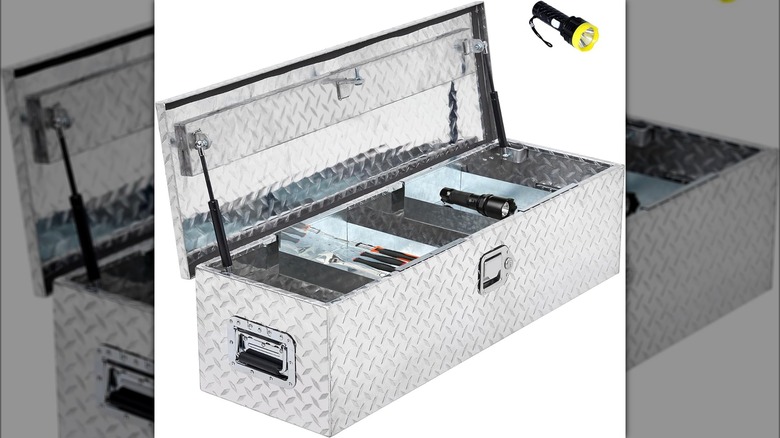
While this probably isn’t a major part of your buying decision, it can still be useful to know about the extras you can get — might be something you didn’t even know you wanted. In the spirit of everything to consider before buying a truck bed toolbox, here are some nice-to-have features. Organizers and dividers are top among add-ons. They keep your tools in order, so you don’t have to dig around.
Lighting and power options are also pretty great for a tool box — ever tried finding a tool in the dark? Not fun. Integrated lighting is pretty rare for toolboxes, but you can use a toolbox LED strip instead. And for those who need a bit more juice, consider toolboxes with built-in power options. It’s like having a mini power station right in your truck bed, ready to charge up your tools or even power small equipment.
There’s also security — the cornerstone of any good toolbox. It’s not just about keeping your tools in; it’s about keeping unwanted hands out. Different locking mechanisms offer varying levels of security, from simple latches to sophisticated locks. The strength of your toolbox, especially the lid, also plays a crucial role. A reinforced lid can be the difference between a secure box and an open invitation to thieves. Features like these are nice to have, but it goes without saying that the nicer it is, the more expensive.
What’s value for money and deciding on a budget
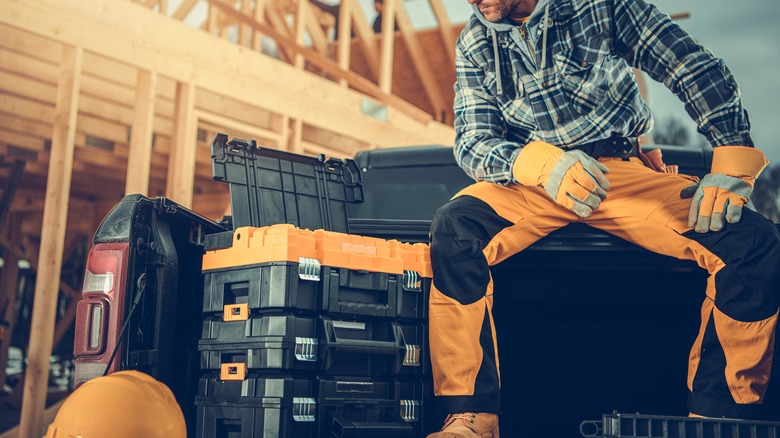
The pricing of truck bed toolboxes isn’t a one-size-fits-all deal. You’re looking at a spectrum where the low-end options could be as affordable as a fancy dinner while the high-end ones might make you gulp. What swings the price pendulum? Materials, durability, brand prestige, and added features like security locks or weather resistance are the usual suspects.
Here’s the catch-22: cheaper can be costlier in the long run. It’s tempting to go easy on the wallet, but consider this — a bargain box might wave the white flag sooner, nudging you towards another purchase. So, what’s smart spending? It’s finding that sweet spot where quality meets affordability. Don’t just take a brand’s word for it, either. Reputation and customer reviews are your secret weapons. Also, a brand that’s been around the block a few times usually means they’ve ironed out the kinks.
As we reach the end, a few words about keeping that toolbox in tip-top shape should cover pretty much everything. Maintenance and longevity are where, as they say, the rubber meets the road. Regular cleaning is a no-brainer, keeping dirt and grime at bay. But also keep an eye out for rust or damage, especially if your toolbox is metal. A quick touch-up can prevent a small issue from becoming a toolbox tragedy. And don’t forget those hinges and locks — a little lubrication goes a long way in keeping things smooth and secure. That being said, happy shopping!
